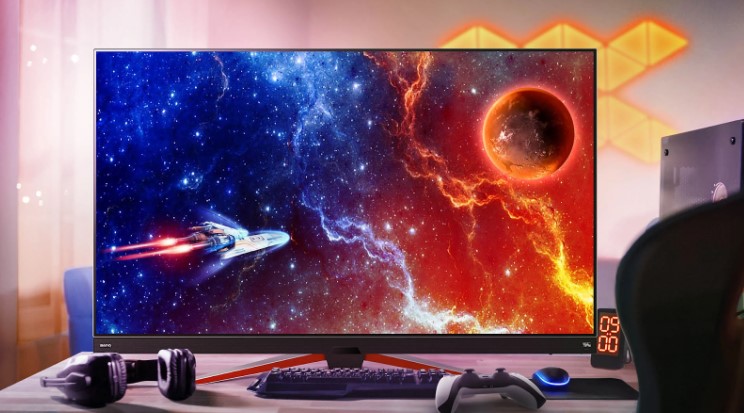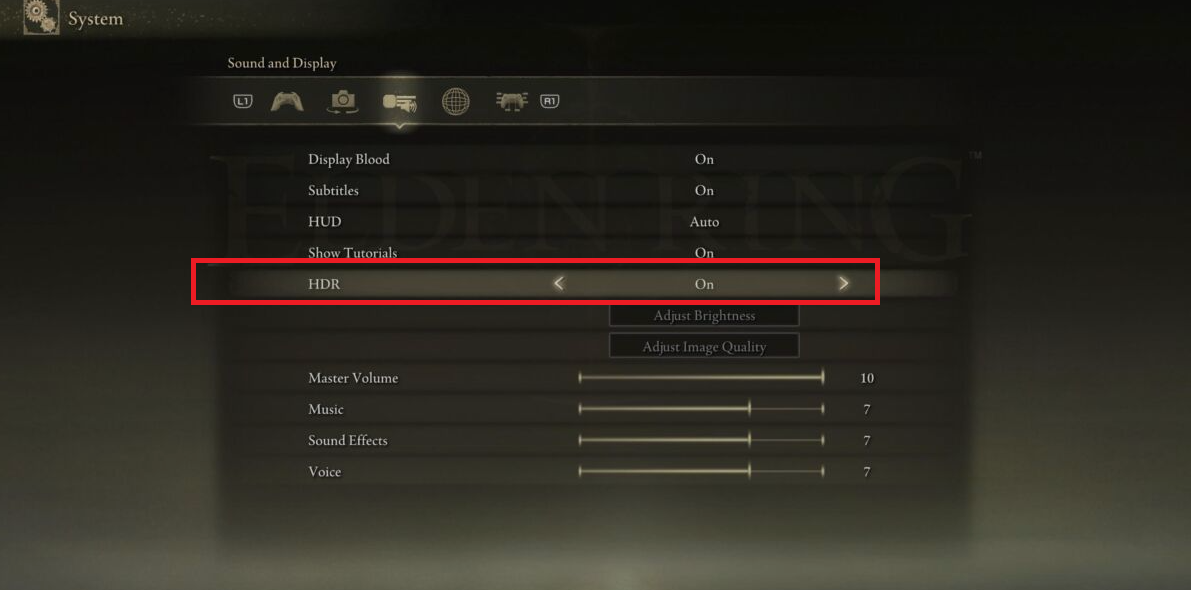Perhaps one of the biggest leaps in the video content industry in the last two decades was that from Standard Dynamic Range (SDR) to High Dynamic Range (HDR). If you don’t know what this means, you are missing out!
Thankfully, you don’t need to feel too bad about not having jumped on this bandwagon yet because this article is here to save yourself the embarrassment. Plus, HDR monitors are only now becoming a bit more accessible to all.
Quick Facts
| Item | Fact |
|---|---|
| What is HDR? | High Dynamic Range (HDR) offers a wider color space and higher contrast than Standard Dynamic Range (SDR) content. |
| HDR Gaming Spec: What Does It Mean? | Monitors with low response times and high refresh rates are designed for gaming. HDR gaming monitors commonly use TN, miniLED, or OLED panels. |
| VESA Display Standards | Look for monitors with VESA’s DisplayHDR rating of DisplayHDR 400 and above for true HDR support. Higher DisplayHDR ratings indicate better display quality and features. |
| Gaming with HDR | Hardware and software support for HDR is accessible in newer graphics cards and most AAA game titles. HDR gaming provides well-balanced lighting, vibrant colors, and improved graphics. |
| The Verdict: Is Gaming With HDR Worth It? | Gaming with HDR is worth it for enhanced graphics and a refreshing gaming experience. Choose a gaming monitor with a globally recognized DisplayHDR rating from VESA for optimal HDR performance. |
What is HDR?
HDR stands for High Dynamic Range. You can think of this in terms of having a broad ‘range’ of displayed colours and their vastly varying luminosities. Fundamentally, HDR has a much wider colour space as compared to typical SDR content and a much higher contrast.
To achieve impressively high contrast levels, HDR makes use of the high brightness of HDR-ready monitors together with various screen dimming mechanics to make the difference between light and dark areas of the content being displayed really stand out.
HDR, however, isn’t limited to hardware. The files you are displaying on the screen also need to support it. HDR content has extra colour and brightness information embedded within itself to give the HDR-ready monitor all the extra information it needs to flex out HDR level results.
HDR Gaming Spec: What Does It Mean?

More and more high-end monitors are coming out with HDR support. Gaming monitors are no exception, with the latest and the greatest gaming monitors all being fully HDR ready. However, these special monitors can be ridiculously expensive, and you need to make sure you spend your hard earned money on the right item.
Let us take a look at the most important specifications of a HDR gaming monitor, so you can decide on the perfect new screen to treat yourself to.
Panel Quality and Type

Monitors with low response times and high refresh rates are usually designed for gaming. Although these specs don’t mean too much for a single-player story-based game like The Last of Us, they will absolutely give you a big edge over others in competitive multiplayer games.
Hardware-wise, having a high refresh rate with a low response time usually does not go well with IPS panels, which sometimes suffer from a ‘ghosting’ effect. Thus, most HDR gaming monitors use TN, miniLED or OLED panels, which go up in price as you move through this list.
Since a higher contrast ratio is critical for actual HDR content displaying capabilities, the best gaming monitors with HDR also come with a True Black rating if they use OLED technology. With these monitors, you essentially have an infinite contrast ratio, with the black areas on the screen dropping to zero brightness!
VESA Display Standards

Note that just having support for HDR is usually not enough. If you are buying a cheap monitor that says it supports HDR, chances are that its HDR support is limited only to being able to read the content of HDR files. It may not actually be able to display HDR content as true HDR.
So how do you buy a monitor that actually lets you enjoy true HDR? Well, the VESA display standards bridge this confusing gap between the huge variations of HDR support across different monitors.
VESA labels all gaming monitors that claim to support HDR under different distinct categories. If you are in the market for a good gaming monitor, try to find one with VESA’s ‘DisplayHDR’ rating of DisplayHDR 400 and above.
As you move from DisplayHDR 400, the lowest rating in VESA’s global HDR display standards, to those with a higher number rating, the quality of the monitor’s display improves significantly. You get special features like full array backlight dimming and monitors with Display HDR 1000 or higher offer ‘true’ HDR.
Unfortunately, this doesn’t simplify everything to you going and getting the monitor with the highest DisplayHDR rating number you see in your nearest store. Such gaming monitors cost upwards of a thousand dollars, so you might have to settle for a lower VESA rating. Word of advice though: try to get one rated above DisplayHDR 600 to get proper HDR feels.
Gaming with HDR

Once you have an actual HDR gaming monitor at your disposal, you are guaranteed to have better gaming experience overall. The lighting will be well-balanced, with the dark areas still retaining enough detail for comprehension and the bright areas coming to life with vibrant colours.
Other hardware requirements for HDR are super accessible, with HDR support spanning across all cards released after the Nvidia 900 series and AMD’s Radeon 400 series, which cards are from more than 4 years ago.
Even in terms of software level support, HDR is not a problem. Most AAA titles of the last few years have come out with native HDR support. Elden Ring, for example, boasts jaw dropping graphics at the highest settings with HDR on, turning the countless inevitable defeats against the game’s bosses into a thoroughly enjoyable experience (visually, at least).
Therefore, it is extremely likely that the only thing standing between you and gorgeous in-game visuals is the lack of a good HDR gaming monitor. Keep the aforementioned spec points in mind while shopping for a new screen, and you shall transcend this barrier into the heaven of HDR visuals!
The Verdict: Is Gaming With HDR Worth It?
Yes, gaming with HDR is worth it. HDR offers a huge improvement in graphics with very little changes required to your PC setup. Getting a good HDR gaming monitor is thus a great way to freshen things up for a change and feast your eyes on the ultra-realistic graphics of your favourite games.
Be sure not to fall for meaningless HDR support labels, and opt for a globally recognised DisplayHDR rating from VESA to actually get the most bang for your buck. Of course, we wish you the best of luck on your hunt for a new gaming monitor!
Feel free to let us know in the comments below what your thoughts on HDR are, and what your favourite HDR gaming monitor is.
HDR Gaming FAQs
Should you use HDR in gaming?
Yes, using HDR in gaming is recommended as it enhances visuals and provides a more immersive and realistic experience.
Is playing with HDR better?
Yes, playing with HDR is generally considered better as it improves color range, contrast, and brightness, resulting in visually stunning graphics.
Is 4K or HDR better for gaming?
It depends on personal preference and priorities. While 4K resolution offers sharper image quality, HDR enhances colors and contrast. Ideally, a combination of both 4K and HDR provides the best gaming experience.
Does HDR affect FPS?
HDR can have a minimal impact on FPS (frames per second) but is generally not significant enough to negatively affect gameplay performance.
Do games look better without HDR?
Games that are designed to utilize HDR often look better with HDR enabled. However, this can vary depending on personal preference and the specific game’s implementation of HDR.



